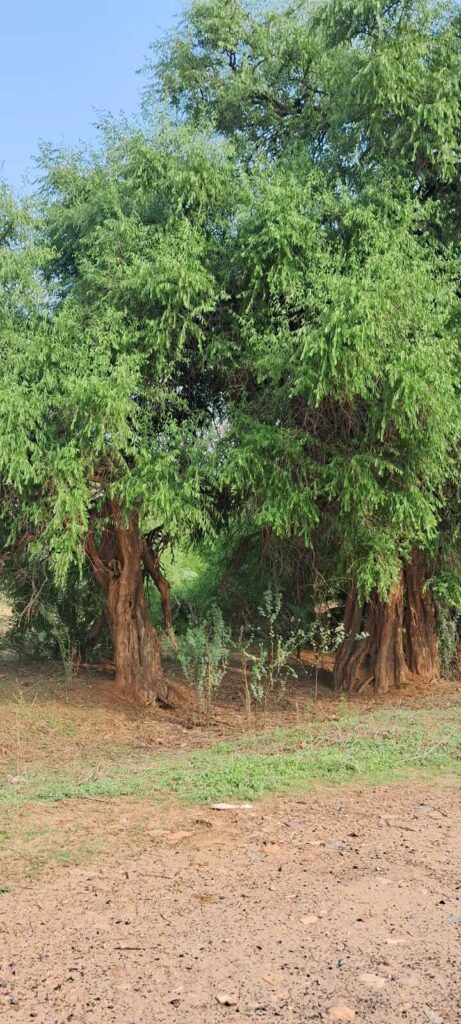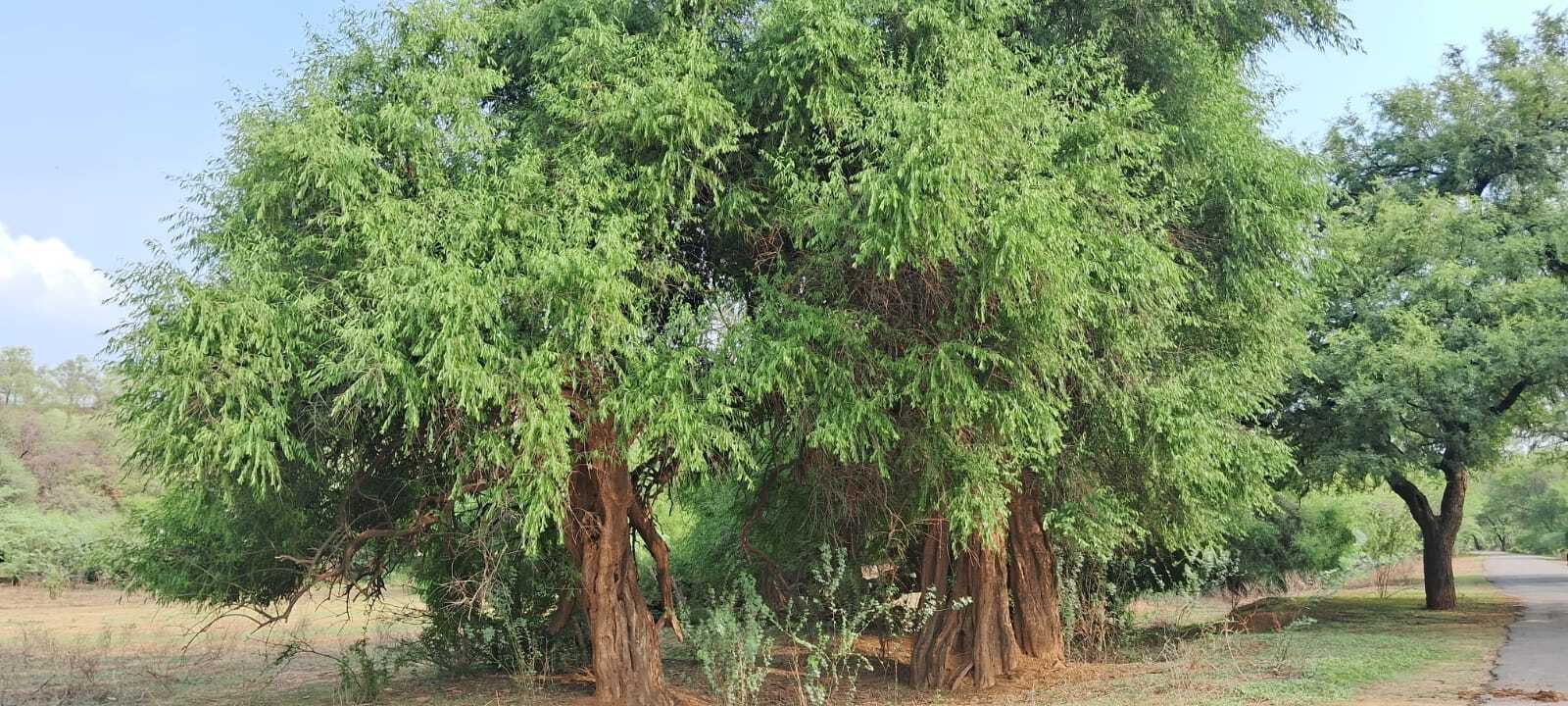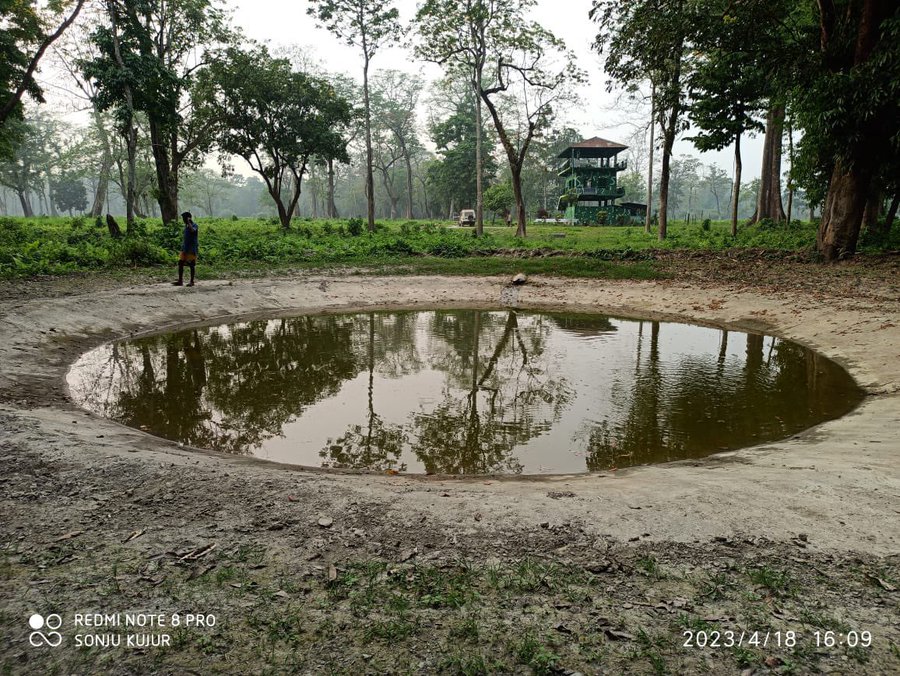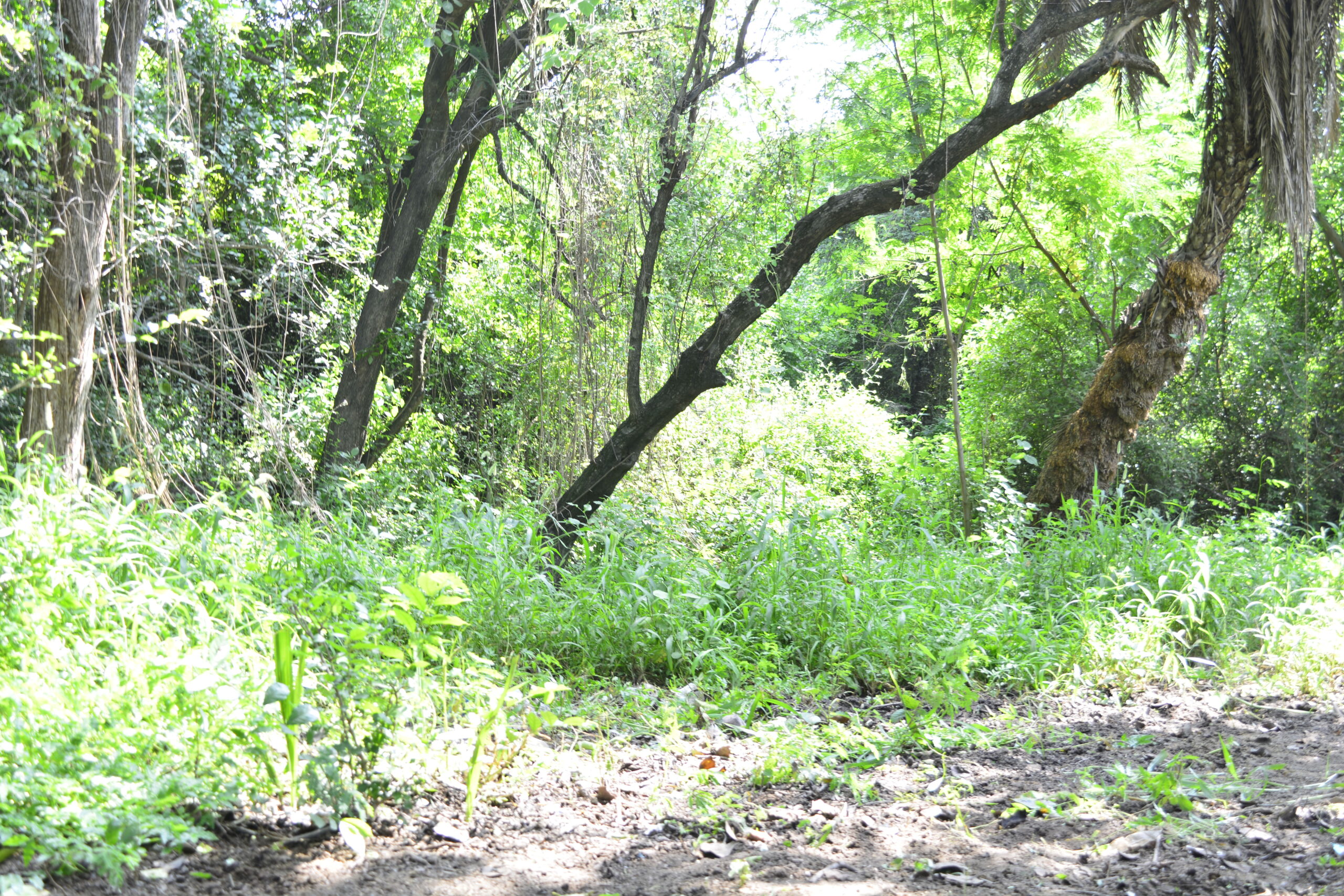2024.10.230 (Vrindavan Today News): Vrindavan is the divine abode that once resonated with the sacred devotion of countless spiritual seekers. This land, adorned with dense groves and serene forests, attracted great saints and devotees who immersed themselves in the nectar of divine love, surrendering their lives in devotion. The very leaves, trees, and vines of Braj are believed by its inhabitants to be living embodiments of Shri Radha – Krishna’s eternal pastimes, revered as saints, devotees, and companions of the divine.
While there are many important temples in Vrindavan, the Banke Bihari has become most popular temple in modern times. Though the presiding deity of this temple is known as Banke Bihari, His timeless name is “Kunj Bihari” – the Lord of the Sacred Groves. The word “Kunj” signifies the dense canopy of trees and the divine forests where Radha and Krishna once played. These groves held the essence of Braj’s spirituality. However, with the commercialization of Braj’s culture, the essence of these sacred groves is gradually fading.

Many speakers, temple authorities, and even governmental bodies fail to recognize the profound spiritual significance of Braj’s trees and groves, instead prioritizing concrete structures over nature. The commercialization of Braj’s heritage has led to a hollow form of devotion, disconnected from its true essence.
The true spirit of Braj’s devotion lies in its forests, not in the stone temples and ashrams that now proliferate the region. By destroying the natural landscape of Braj in favor of urban development, we are eroding the very soul of its spiritual legacy.
Thousands of trees, groves and bagichis have been cut and destroyed for the material benefits. Sometime trees are sacrificed for the unnecessary developmental projects and on the other time it is for the real estate business. There is no savior of these trees, and those who are vocal about the environment conservation are ignored by the government officials.
This reflection of Vrindavan’s lush landscapes captures the essence of devotion that once thrived in the sacred groves. However, today’s religious figures must focus not just on preaching, but on conserving and revitalizing the natural environment of Braj. They must inspire devotees to protect these sacred trees and groves, ensuring the spiritual heritage of Braj are preserved for future generations.
The government, too, must take immediate steps to identify and protect the remaining sacred groves, assigning them unique identification numbers. The tradition of building flower and leaf-decorated ‘banglas’ (altars) in temples hints at the deep desire of the deities to dwell amidst nature, yet we have sold off temple gardens and sacred spaces in pursuit of material wealth.
If we continue on this path, we risk the complete destruction of Braj’s sacred landscape. Future generations will not forgive us for allowing this spiritual and environmental heritage to vanish.
To truly understand Braj, one must dive deep into the rich history of Vrindavan by reading the religious text authored by different acharyas. These texts hold the authentic wisdom of Braj’s devotional tradition, offering a glimpse into the profound spiritual relationship between the land and its devotees.
It is time to wake up. Lovers of Braj must act now to save this sacred land before it is lost forever.





